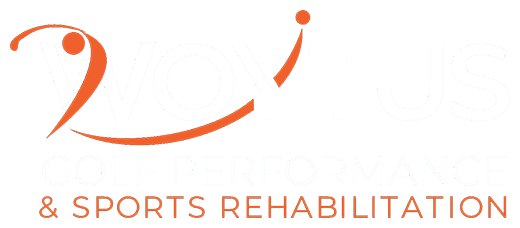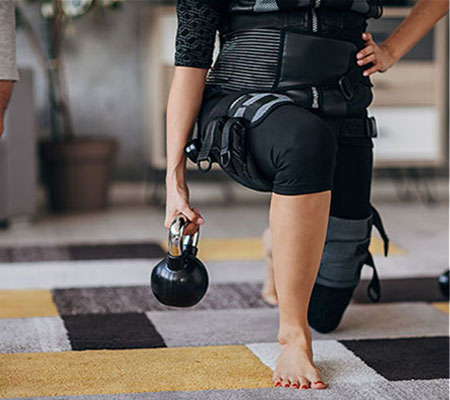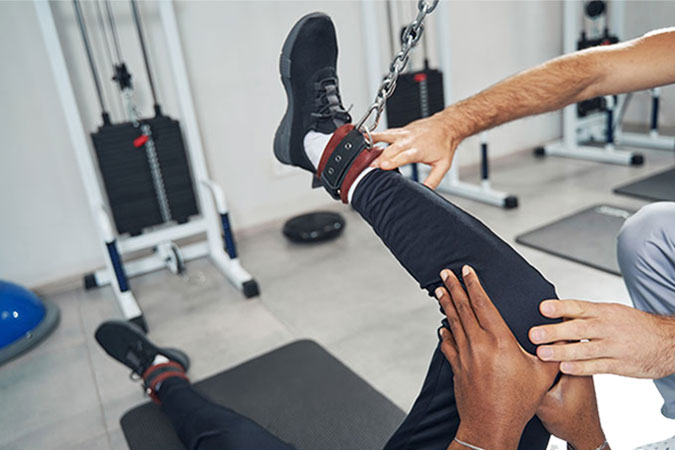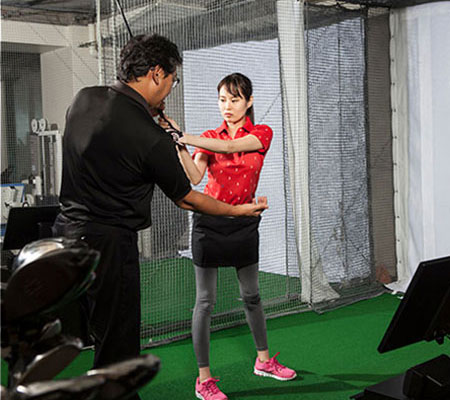Welcome to Woytus Physical Therapy
We provide excellence by engaging in evidence-based therapy, research, mentoring, patient feedback, and the promotion of the independent practice of physical therapy. We specialize in evaluation and treatment of orthopedic injuries, sports injuries, and balance and stability programs.
What We Treat
Treatment for low back pain is provided through analysis of dysfunctional movement patterns paired with strategic manual approaches to improve muscle balance and restore the spines flexibility. Pain management techniques will be taught enhancing an individual’s ability to protect their spine by improving abdominal engagement, along with reducing tissue tightness impacting the lower extremity contributing to exacerbations of low back pain. Education is also provided on how to prevent stressors on the spine to reduce injury risk and to promote a full functional return to their recreational goals and hobbies.
The anatomical structure of the shoulder joint predisposes the body part to excessive stress, thus leading to the onset of pain. Management of such stressors is done by understanding the structures located around the shoulder and how they work. The shoulder joint is held together via a complex network of muscle, tendons, and ligaments that aim to provide support to the joint during everyday tasks. Promoting improved support of the shoulder via specific exercises will help to improve function and reduce injuries.
Physical therapy can be used to reduce or prevent the onset of pain entirely. The process of physical therapy is aimed towards identifying flaws with movement and reduce those impairments with both passive and active interventions. Manual techniques applied are aimed to restore motion and reduce tissue restrictions, which are then paired with a series of strengthening and stretching exercises used to promote long term restoration of motion to reduce injury risk. Treatment plans include education on anatomy and movement mechanics to help the individual better understand the processes required to prevent pain from occurring.
Both preoperatively and postoperatively, physical therapy will help to speed up the recovery time and promote a positive outcome following joint replacement surgery. There is a short time period after surgery that is required to restore range of motion at the joint, prior to scar tissue development. Onset of scar tissue can lead to excessive joint and muscle stiffness, thus negatively impacting the success of surgery. Emphasis of physical therapy is placed on restoring joint mobility and strength, along with normalizing functional movement patterns associated with ambulation and squatting. Being consistent and active in the rehabilitation process will allow for a full return of strength and promote a return to a healthy lifestyle.
Development of knee pain can be caused by unexpected trauma or due to overuse. For both instances, physical therapy can be used to promote routine healing and reduce risk of reoccurrence. Appropriate manual techniques applied by the therapist paired with implementation of a specific exercise program will ensure a speedy recovery and full unrestricted return to sport. Via objective testing and analysis, muscle imbalances can be identified and corrected to decrease stress on the knees and reduce risk for degeneration.
The anatomy of the hip predisposes the joint to a excessive stress leading to symptoms associated with pain, instability, or an altered gait pattern. Analysis of the causative factor for the hip dysfunction by a licensed Physical Therapist will initiate healing and speed up recovery. With use of appropriate manual and therapeutic interventions, physical therapy will improve mobility, strength/ coordination, and lead to improved gait pattern. Proper advice on the use of orthotics and assistance devices can be applied, based on whether the reason for the pain is related to an anatomical defect.
Understanding spinal anatomy and proper posture is the first step towards management of neck pain. Prolonged stress placed on the neck related with improper posture can lead to symptoms of localized neck pain or pain extending down into the arms. Manual techniques aimed at reducing tissue tone/ tension paired with spinal joint manipulations can help to correct dysfunctional areas and promote pain relief. Stretching and strengthening the muscles supporting the neck will help to reduce neck pain in short term, while learning and applying proper posture will prevent neck pain for years to come.
Foot and ankle pain can be caused by trauma or overuse, but physical therapy is used to accelerate the healing process with use of structured interventions. Therapy can help address a number of symptoms ranging from pain, joint instability, and loss of motion. Via gait analysis and testing, a Physical Therapist can use that information to create a treatment plan to accelerate healing and promote long term function. Application of athletic tape, bracing, or supplementation of an orthotic can be provided to correct underlying dysfunction and reduce risk for degeneration and pain.
Sports related injuries can greatly impact the success of an athlete during their games, season, or even careers. Identification of the warning signs related to deficits with strength, coordination, or conditioning can help to limit onset of injuries by allowing the athlete to take preventative measures. Injury prevention training can help to reduce pain and dysfunction by taking an athletes flaws and turning them into an advantage. Taking the appropriate steps towards prevention of injuries can lead to a successful career in sport, along with prolonging ability to be for competitive for years to come.





